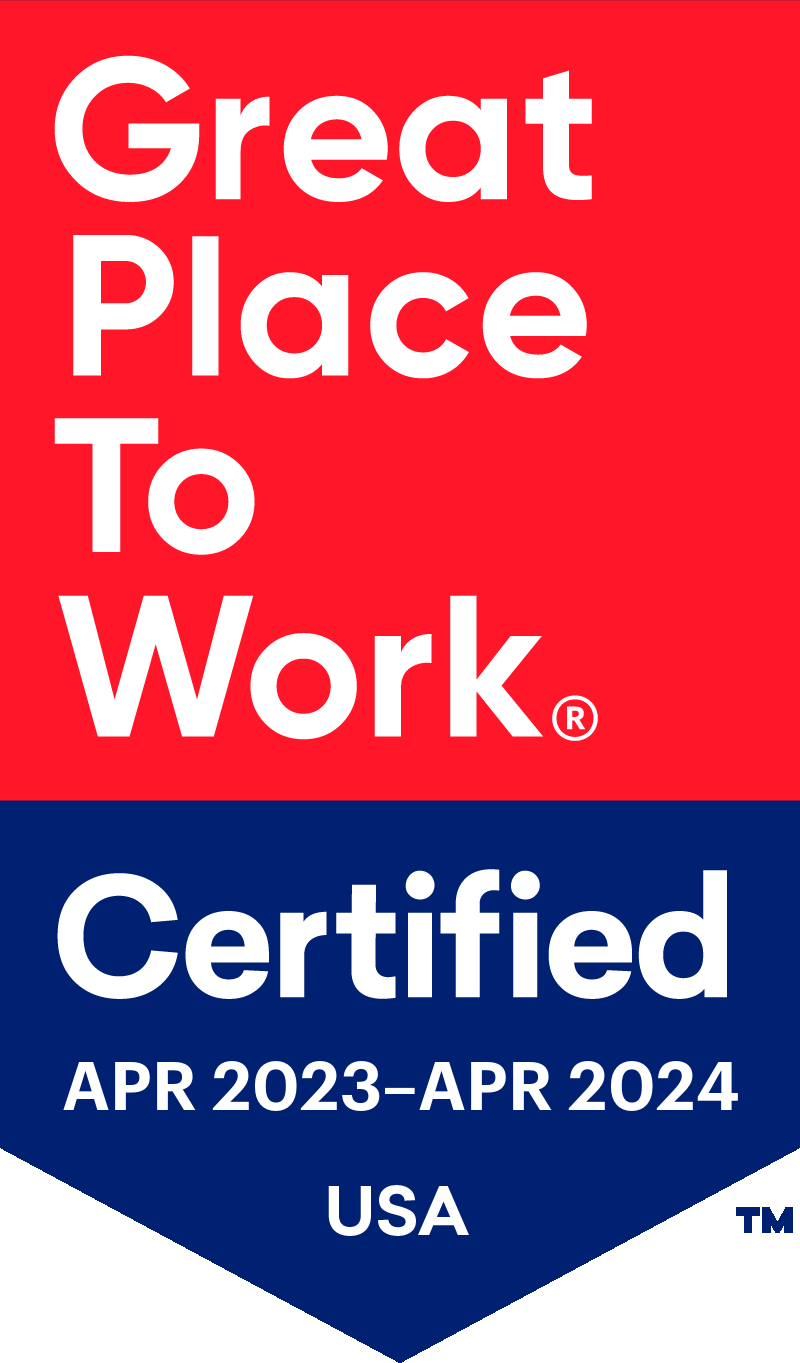What to Consider When Evaluating Modern Hospice and Palliative Care Software
Part 5: User-Friendly Interface
In the high-stakes environment of hospice and palliative care, every minute counts. By having a user-friendly software solution, you can significantly enhance the efficiency and effectiveness of your team, allowing them to focus more on patient care rather than struggling with complex software. As we continue our series of What to Consider When Evaluating Modern Hospice and Palliative Care Software, in part five we are explaining the often-overlooked impact that user-friendly software experience has on your organization.
To review, the Seven Core Categories are:
- Comprehensive Patient Management
- Effortless Care Coordination
- Advanced Reporting and Analytics
- Security and Compliance
- User-Friendly Interface
- Modernized Technology
- Dependable Support
Very simply, a smarter approach to software means a user-friendly experience. It is essential to look for software that is designed with simplicity in mind, ensuring that your team can navigate the system with ease. With the right solution, you’ll spend less time on training and more time on what matters – delivering compassionate care to your patients and their families.
How a User-Friendly Software Experience Impacts Your Organization
- Reduces Training Time: A straightforward, intuitive interface reduces the time and resources required for training new staff. This means quicker onboarding and less downtime, allowing your team to be productive sooner.
- Enhances Productivity: When software is easy to navigate, staff can perform their tasks more quickly and accurately. This leads to improved productivity and ensures that critical patient care activities are carried out without unnecessary delays.
- Minimizes Errors: A well-designed interface can help minimize the risk of user errors. Clear menus, logical workflows, and intuitive navigation make it easier for staff to input and access the correct information, reducing the likelihood of mistakes that could impact patient care.
- Improves Job Satisfaction: Frustration with difficult-to-use software can lead to job dissatisfaction and burnout. A user-friendly system helps maintain staff morale by making their daily tasks more manageable and less stressful.
Compliance with Regulatory Requirements
Compliance is not just about adhering to laws; it’s about ensuring that your organization operates within the frameworks designed to protect patient rights and data. Here are the key regulations you should be aware of:
- HIPAA Compliance: The Health Insurance Portability and Accountability Act (HIPAA) sets the standard for protecting sensitive patient data. Any software used in hospice care must be HIPAA-compliant, which means it must have necessary safeguards to ensure the privacy and security of protected health information (PHI).
- GDPR: If your organization handles data from European patients, compliance with the General Data Protection Regulation (GDPR) is essential. GDPR mandates stringent data protection measures and gives patients greater control over their personal data.
- CMS Guidelines: The Centers for Medicare & Medicaid Services (CMS) have specific guidelines for hospice care providers. Ensure that your software helps you stay compliant with CMS requirements, including accurate reporting and documentation.
- State Regulations: Different states may have additional requirements for data security and patient privacy. Your software should be adaptable to meet these varying regulations.
Key Features of a User-Friendly Interface
When evaluating hospice and palliative care software, consider these essential features that contribute to a user-friendly experience:
- Intuitive Navigation: The software should have a clean and logical layout that allows users to find what they need quickly. Key functions should be easily accessible from the main dashboard without the need for excessive clicking or searching.
- Customizable Dashboards: Dashboards that can be customized to display the most relevant information for different roles within your organization enhance efficiency. Staff should be able to personalize their view to see the data they need most frequently.
- Simple Data Entry: Look for software that simplifies data entry with features like auto-fill, drop-down menus, and templates. This reduces the time spent on administrative tasks and minimizes the risk of input errors.
- Comprehensive Training and Support: Even the most user-friendly software needs some level of training. Ensure that the vendor provides comprehensive training resources, including tutorials, user manuals, and ongoing support to help your team get the most out of the system.
- Mobile Accessibility: In the hospice environment, mobile accessibility is a must. Software that works seamlessly on tablets and smartphones allows your team to access patient information and complete tasks on the go, enhancing flexibility and responsiveness.
Questions to Ask when Evaluating Modern Software
We’ve composed some key questions to evaluate your current system and new solutions you may be considering. You may even add your own questions to the list as you think more critically about your organization’s unique needs.
- What pain points do you have in your current solution, that are simply workarounds because the system was not built to streamline care?
- What percentage of notes are being entered during the visit versus documented at a later time?
- How quickly can a clinician learn the software?
- How smooth are complex workflows such as an admission process in the EMR?
In Summary
A user-friendly interface is a cornerstone of effective hospice and palliative care software. By choosing a system designed with simplicity and ease of use in mind, you can enhance the efficiency of your team, reduce training time, and ensure that your focus remains where it belongs – on providing compassionate care to your patients and their families.
How Curantis Solutions Has You Covered
At Curantis Solutions, we are obsessively focused on creating an experience that is refreshingly simple. From intake thru billing, our solution is built exclusively for hospice and palliative care. Our system is care plan driven making it perfectly tailored to your daily operations and how information moves through your organization. Our customers love our intuitive design and streamlined workflows.
For a deeper dive into selecting the right hospice software, download our Ultimate Hospice Buyer’s Guide to Modern Software, download here.
Schedule a Demo to see how refreshingly simple life can be with Curantis Solutions!





